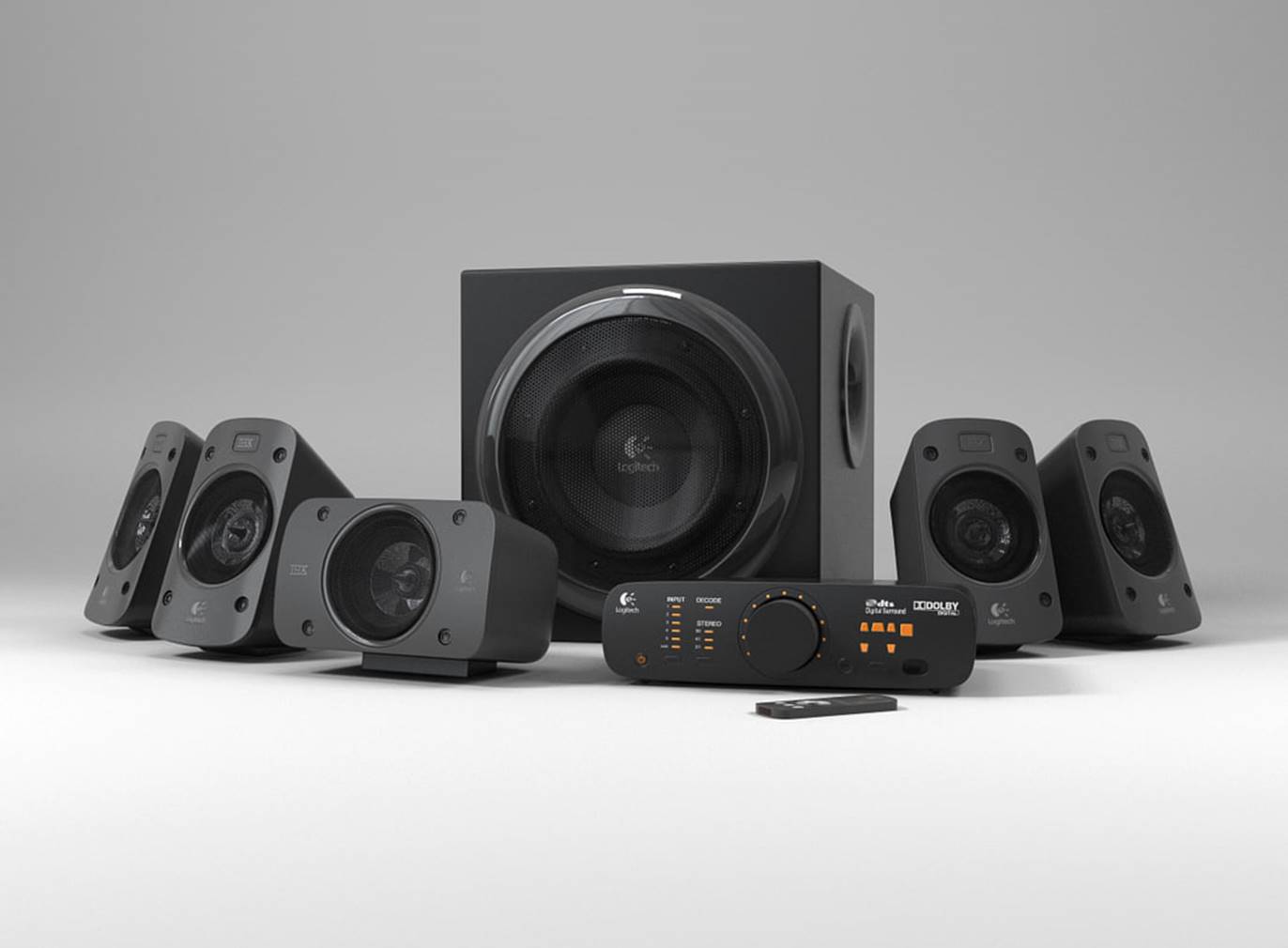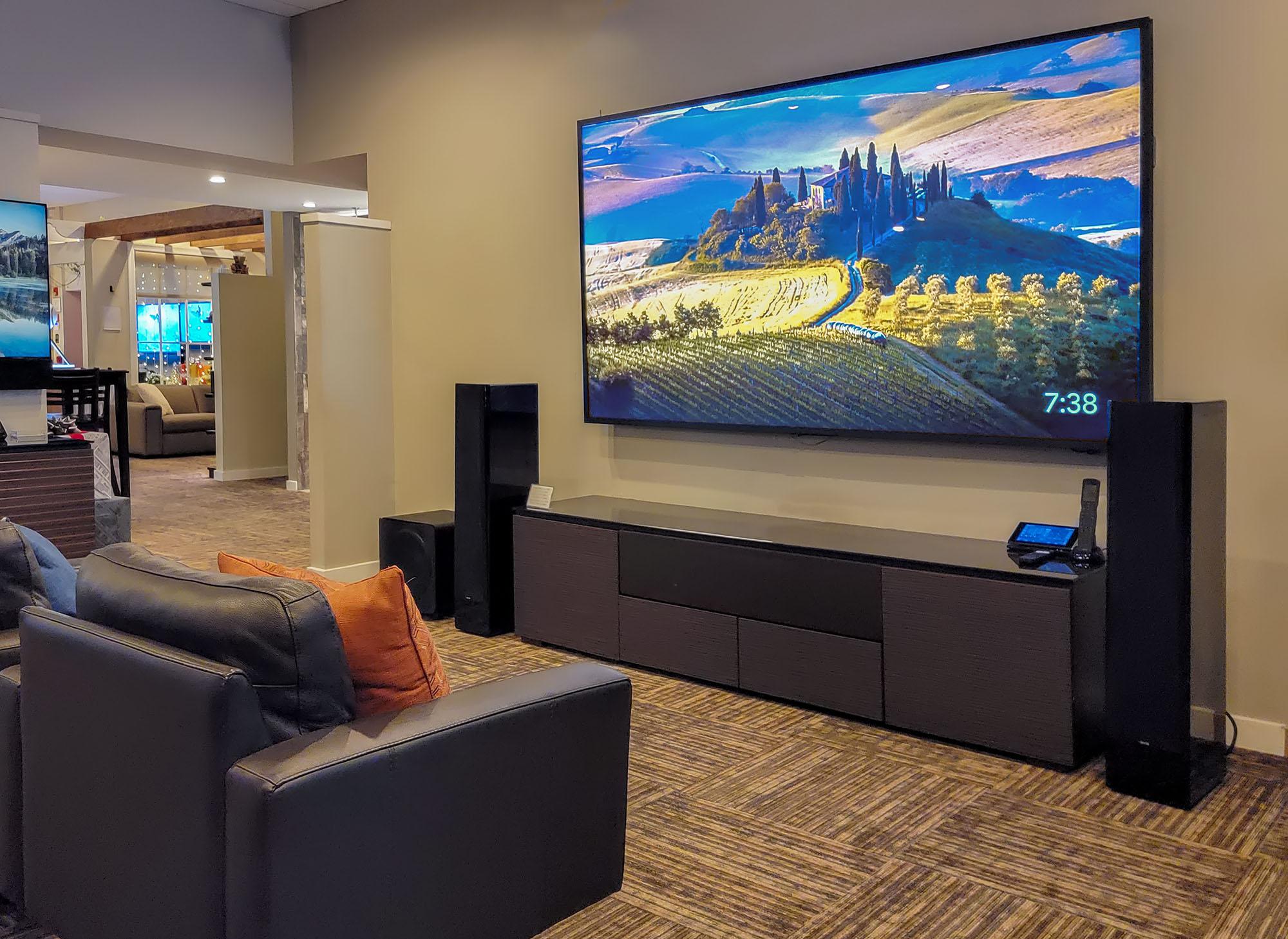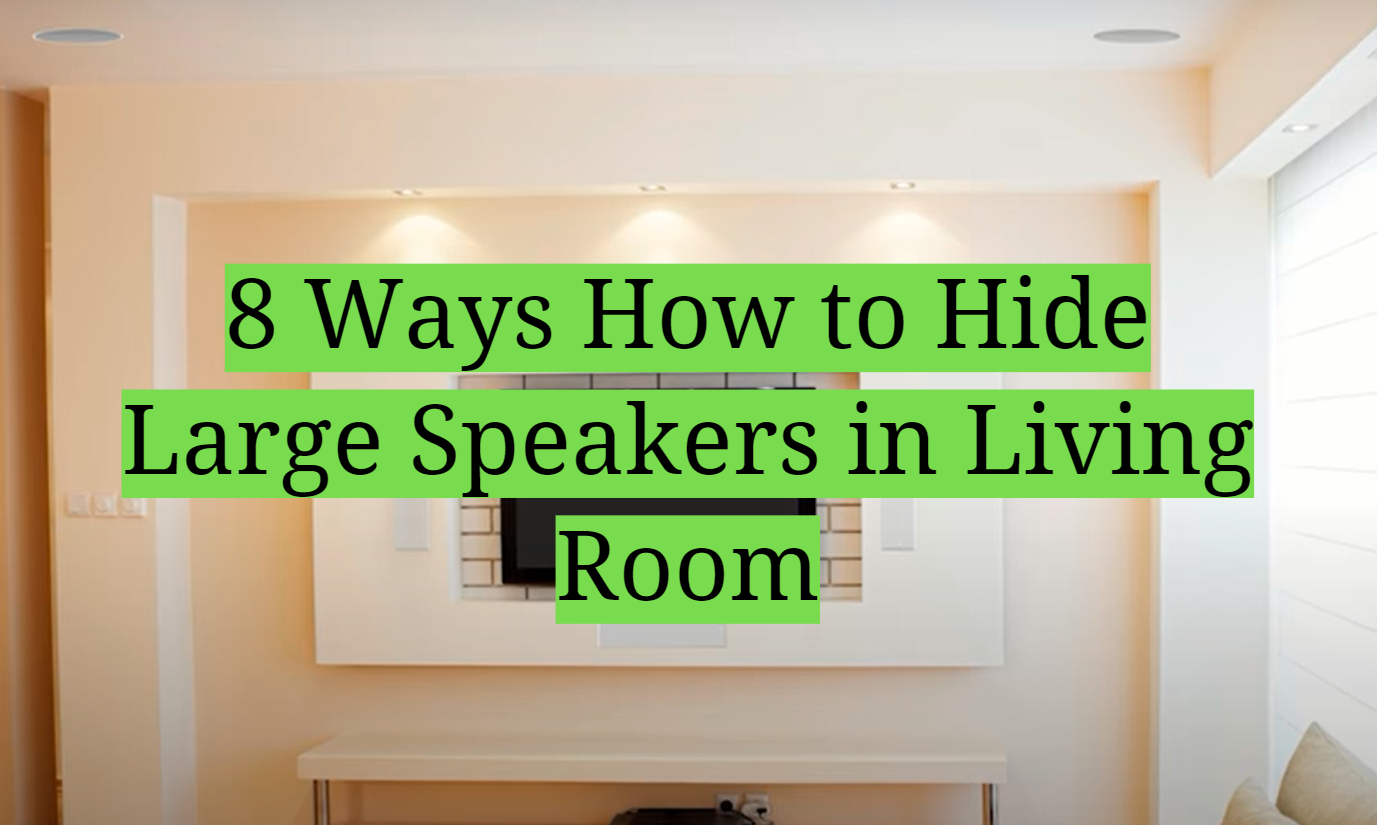
Samsung's Galaxy Home smart speaker uses Bixby (the company's virtual assistant) that is featured on the most recent generation of smartphones. It was first unveiled in August 2018 at Samsung's Unpacked Event. Pricing and release dates were unknown at the time.
The speaker was built to be comparable to the Amazon Echo and Apple HomePod. The speaker featured full-range speakers, sound steering and AKG audio tuning. It had eight farfield microphones, which were used for voice recognition and Bixby.
It could play music from Spotify and control compatible Samsung devices with its voice, such as a SmartThings-compatible refrigerator or air conditioner. It would also be able to find your phone, show weather and movie selections on compatible TVs, ping a missing phone, press a suit hanging in your Samsung AirDresser smart closet, and more.
The voice recognition is done using an AI called Bixby. It's similar to Siri, Alexa and Google Assistant. This AI is used for controlling the Galaxy S and Note smartphones, SmartThings device, and other Samsung products such as smart refrigerators and TVs.

Despite this, Bixby can't handle advanced commands like Alexa and Google Assistant. It's not a smart speaker that I would recommend.
The speaker does include some unique features that smart speakers are not able to offer. For example, the speaker has four infrared remote transmitters and receivers that can cover all IR ranges, meaning it'll be able to control any device or appliance that supports IR.
It also features a smart hub that allows it to connect with other Samsung products. It can control smart devices such as door locks and smart appliances. It will also have access to Bixby Routines, which let you set up a series of actions for different times of day or events like a trip to the doctor.
In addition to that, the speaker also has a "Bixby" button, which will activate an "instant" command. This button allows you to dim your lights and turn on your TV. You can also queue up specific music to listen.
The design of the speaker was very similar to a Samsung Smartphone, but more luxurious. It had a teardrop-shaped design that was covered in a premium cloth and it had brushed metal feet with rubber tips.

It was also quite tall, with three legs that extended out from the back reaching the top of a shelf or table. This helped the speaker sit comfortably on a flat surface without obstructing your view.
Galaxy Home works with Bixby as its virtual assistant, which is also featured on other Samsung smart speaker models. It has been proven to be useful for booking tickets, ordering Ubers, and making dinner reservations.
FAQ
What wireless speaker system works best with TVs?
Wireless speaker systems that are the best for today's market were created not for yesterday. Audio products must sound better than ever before today's technology.
Speakers of today are smaller, lighter and more versatile than ever.
They also cost less than ever before. You should look for a speaker system that fits your budget when you are looking for a home theater system.
An excellent way to find out what products match your expectations is to visit an electronics retailer and listen to them play music.
Pay attention to the following: bass response, clarity and volume control. These features are important because they determine how well the speaker system performs in various rooms.
It is also worth considering whether wired or wireless connectivity is more appealing to you. Wireless connections eliminate the clutter associated with wires, but they require additional equipment, such as a Wi-Fi router.
Wireless speakers are usually easier to set up than wired ones. They often lack the flexibility and ease of wired models.
If you decide to go with a wireless model, make sure it has a range of at least 20 feet so that you can move freely without worrying about losing the signal.
How do you set up a home theatre system?
You must first understand the sound wave's path and how it interacts. This includes knowing how many frequencies the object contains in terms of bass, treble, or midrange.
Listen to different music on different devices to find out which ones cause the most distortion.
Once you've identified the distortion levels for each device, you'll be able to judge better where to place speakers.
In general, placing them close together produces lower distortion and higher fidelity. But keep in mind that placement also determines the space between them.
If you want to create a more immersive environment, consider placing multiple speakers within a single room.
You can even go a step further and surround yourself by speakers.
There are two main kinds of speaker systems. Passive systems consist primarily of a subwoofer along with a few smaller speakers that are scattered around a house.
They tend to be easier to install because they lack moving parts. They can, however, distort easily when placed too close together.
Active systems include a large woofer placed directly under a TV screen. These speakers can produce the best sound quality, but they are expensive and not practical for most homes.
You also have the option of buying a receiver that connects active and passive speakers. These receivers often include amplifiers built in to ensure that the audio signal reaches all speakers equally.
However, they are not cheap so you might not want to spend the money unless your whole setup is being replaced.
It doesn't matter which type of speaker system it is, you need to make sure it's correctly installed.
Ask someone who is able to help you if this is something you don't know!
Which stereo sound is better? 5.1 surround sound or stereo?
Stereo is great for music and movies. Surround sound, however, is far more engaging and immersive for home entertainment systems. You may have noticed an improvement in sound quality when you watch TV.
Surround sound allows you hear sounds from many directions simultaneously. This creates an environment where each channel adds depth and dimensionality to the overall experience.
The surround sound can also help create a sense that you are in a place. One example is that you might feel like your right next to the action. You can focus the audio in any direction by placing speakers in various locations around the room, giving the illusion of being there yourself.
Surround sound creates a more real experience and makes it easier to listen. Surround sound allows you to focus on the right spot, whether you are listening to music, watching a movie, or both. You'll lean forward or backward with surround sound to get a perfect position.
Surround sound, in short, gives you a more immersive, richer experience. Surround sound is better than stereo if you plan to upgrade your home theater system.
How can I build my own home theater?
You can build custom home theatres in many different ways. One option is to buy off-the shelf equipment from different manufacturers. A second option is to build it from scratch. You'll need some basic tools for either option.
If you want to start from scratch, you'll need a drill, saws, screwdrivers, hammers, measuring tape, jig saw, router, sandpaper, screws, nails, and other miscellaneous items. Also, a great workbench will make it easy to not have to move around the house while you work.
If you choose to use pre-built components, you will need a DVD player and satellite dish. A cable box, Bluray disc player, Blu-ray player, TV tuner, cable box, Bluray player, wireless keyboard, mouse, and speakers. A computer running Windows 7 and later, as well as an HDMI cable, are required.
Another option is to buy an assembled unit. While you may be able to spend less, this option doesn't offer the same customization options that you have if your unit is built by you.
Once everything is arranged, you need to install the components. To attach the satellite dish, for example, to the roof of the house. Next, mount the TV screen in your living room. Finally, you'll connect your speakers to the wall near the back of your room.
What are the differences between different types of speakers?
There are four main types of speakers: bookshelf speakers, center channel speakers, subwoofers, and tower speakers. Each has its advantages and disadvantages. These are the key differences between these speakers.
Bookshelves speakers look very similar to traditional bookshelves. They typically sit on top or a shelf.
They are smaller versions and variants of full-size cabinet speakers. They are usually placed on the ground next to your recliner or couch.
Subwoofers are designed to produce deep bass sounds. They are often only noticeable when people turn up their music to a higher volume.
Tower speakers, which are big boxes that can stand on its own, are often large. These are excellent for creating powerful, stereo sound in large areas.
Any number of speakers can be combined into one system. People often add more towers in order to get a better, more powerful sound.
Statistics
- According to Henriques, the sound system has also played an influential role in the global influence of Jamaican music internationally. (en.wikipedia.org)
- According to a study released In March 2020, the six biggest tech development companies, Proceedings of the National Academy of Sciences of the United States of America (en.wikipedia.org)
- 10% off all sitewide purchases + (wired.com)
- $10 off TurboTax Premier Service code 2022 H&R Block Coupon 20% (wired.com)
- Amazon is likely to release new models very soon (there is an event on September 28), so you should wait until that event is over to buy. (wired.com)
External Links
How To
What should you look for when buying a new sound system?
The perfect time is now to upgrade your home cinema system. While prices are down, there are still many great deals. We've compiled a list with four important factors that you should consider before making any final decisions.
You want to make sure that you get the most bang for your buck. This means selecting a product with the best features for the lowest cost. The best speakers are often found in higher-end products. That's why it's important that you read customer reviews before purchasing.
Consider how much space your home has. If you live in a small apartment or condo, you may find yourself limited in where you can install your system. These situations may call for smaller systems, which will not require as much space. However, larger is not always better. If you plan on watching movies/shows in large groups, you can opt for a larger model.
Third, be mindful of your budget. The installation cost is important if your goal is to install a whole home audio system. This could quickly add up, depending on the size and complexity of your home. If you don't want to make major upgrades, it may be possible to save money and buy pre-installed items.
Take into account your lifestyle. Are you a music lover? Do you like to listen to music while you cook, exercise, or just relax? If so, you'll likely prefer a multiroom system. Multiroom systems let you play music in multiple rooms simultaneously. This allows you to easily switch between activities and the volume can be adjusted.